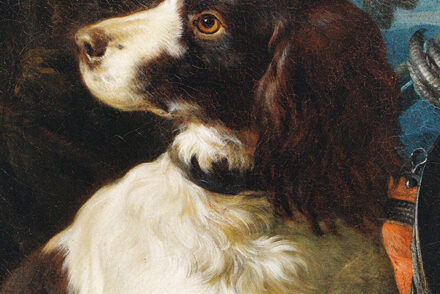Hook or Miss: The Art of Reactive Marketing
You’ve probably seen them on social media: reactive marketing campaigns, or ‘hooks.’ These are ads that tie into current events or trending topics. When companies are quick and clever, their hooks can go viral. Business communication lecturer Christine Liebrecht explains what makes a hook successful or a flop.

Why complicate what’s simple?
‘Why complicate what’s simple?’ HEMA posted on Instagram during the crompouce hype, featuring its iconic tompouce pastries. The likes poured in.
Reactive marketing is a popular strategy on social media. According to Liebrecht, ‘Unlike traditional ads, hooks are voluntarily shared by users, which leads to massive reach—especially if the content is funny or provocative.’
Though these witty posts might seem spontaneous, they’re anything but. ‘For predictable events like King’s Day, the Olympics, or World Animal Day, companies create content well in advance using a content calendar,’ Liebrecht explains.
Stanley cups and infamous cargo bikes
What about sharp replies from companies under viral posts? ‘These are another form of reactive marketing, and they’re often planned long beforehand,’ Liebrecht reveals. Companies use monitoring tools to track online mentions of brands like Bol.com or HEMA. ‘This allows them to quickly respond to relevant posts without manually searching for everything.’
@chiaracappellano When Gen-Z writes the marketing script @❤️Il Tartufo & 🍋Il Limone edition papa Fabio understood the asignment 🫶🏼 #illimonebreda #genzmarketing ♬ origineel geluid – Chiara Cappellano
And it works. Bol.com’s clever and humorous hooks are well-loved. ‘Bol.com clearly puts a lot of thought into its content strategy,’ says Liebrecht. ‘They post regularly and have a consistent style that matches their broad product range and diverse audience. They even leverage their wide assortment to create content about trending items like the hyped Stanley cup, the latest FIFA game, or the infamous electric cargo bikes.’
What makes a good hook?
Several factors determine a hook’s success. Liebrecht points to research by Rotterdam-based scholar Komala Mazerant-Dubois, which highlights consistency and timing as critical.
‘A good hook needs to be as close to the event as possible. If it’s too early, the audience might not understand it yet, and if it’s too late, the impact is already gone.’
‘The platform matters too,’ she adds. ‘Instagram is great for visual content, TikTok suits short videos, and X or Threads are perfect for witty responses.’
Marketing missteps
‘It’s also crucial for the tone and content to align with the brand’s image,’ says Liebrecht. ‘Take Ryanair, for example. Known for budget flights and minimal service, their provocative and humorous social media posts fit their image. But for a brand like KLM, which prides itself on reliability and customer service, that tone wouldn’t work.’
KLM learned this lesson the hard way during the 2014 FIFA World Cup. After a match, they posted ‘Adios Amigos’ alongside a plane icon. While it got laughs in the Netherlands, many in Mexico found it deeply disrespectful.
‘Humor can be a powerful tool, but it’s also risky,’ Liebrecht warns. ‘A joke can land poorly or offend specific groups. In this case, KLM should have been more mindful of their international audience.’






